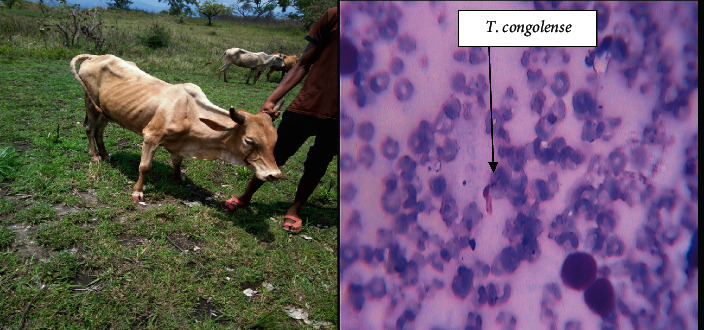PRESS RELEASE FOR IMMEDIATE RELEASE - Kenya hosts a global conference on tackling Trypanosomiasis in Africa
Posted by Fiona Imbali on 18 September 2023 10:45 AM CAT

African Trypanosomiasis, commonly known as "sleeping sickness" in human and Nagana in cattle, continues to be a significant threat to both human and livestock health, limiting land use and perpetuating poverty across the continent. This disease, transmitted by the tsetse fly, is responsible for an estimated 1000 cases in people annually , with 55 million people in sub-Saharan Africa at risk.
To combat this relentless threat, the International Scientific Council for Trypanosomiasis Research and Control (ISCTRC), a vital arm of the African Union Commission, is spearheading efforts to combat the disease. Under the auspices of the ISCTRC, the 36th General Conference will be hosted by Kenya in Mombasa from September 18 to 22, 2023.
The 36th ISCTRC Conference theme is Sustainable tsetse and trypanosomiasis control for socio-economic development. This sets the stage for the conference to delve into past achievements, address current challenges and highlight lessons learnt in order to support Tsetse and Trypanosomiasis (T&T) research and control activities ensuring a sustainable future for all.
This significant gathering will bring together approximately 300 participants, including representatives from 38 tsetse-infested AU-Member States, stakeholders in disease control, scientists from African Union Member States, researchers from universities worldwide, and experts from international organizations such as the Food and Agricultural Organization (FAO), World Health Organization (WHO), International Atomic Energy Agency (IAEA), and others.

